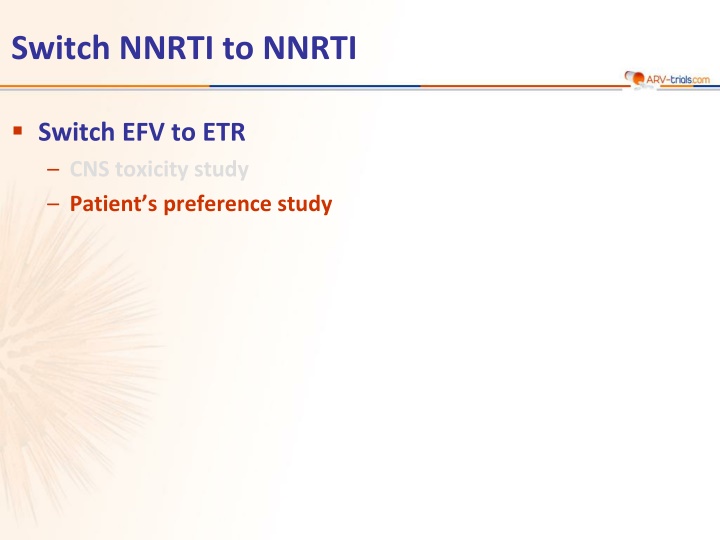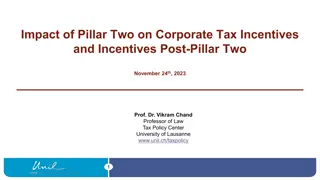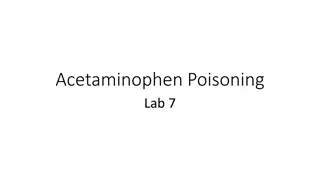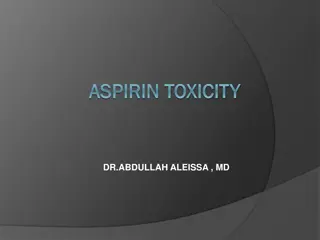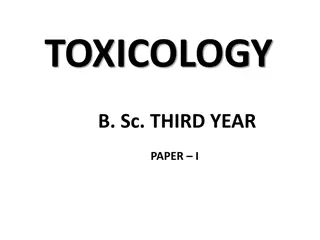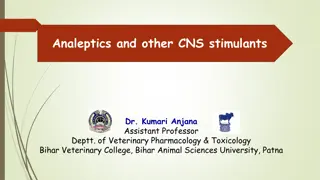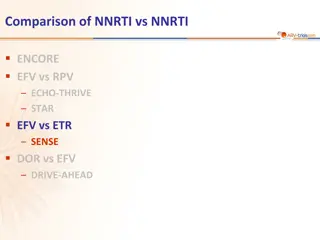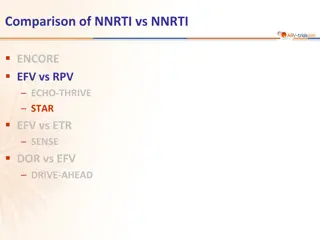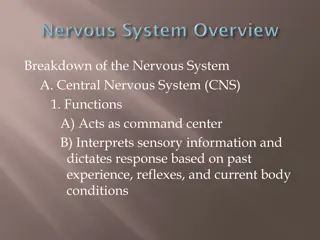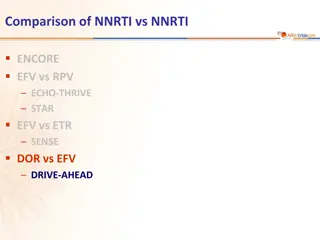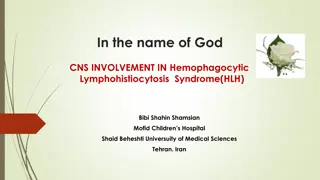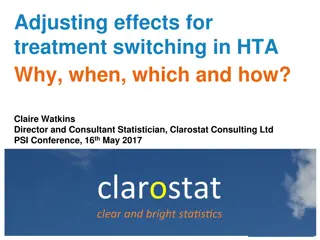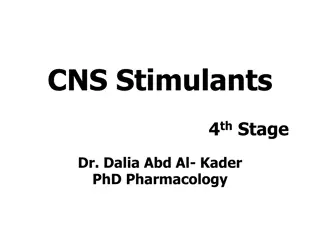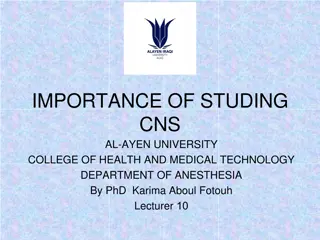Patient Preference Study: Switching NNRTI to ETR for CNS Toxicity
Study comparing patient preference between switching NNRTI to ETR for CNS toxicity. Includes randomization, baseline characteristics, preference assessment, anxiety and depression evaluation, safety parameters, and conclusion on regimen switch benefit.
Download Presentation

Please find below an Image/Link to download the presentation.
The content on the website is provided AS IS for your information and personal use only. It may not be sold, licensed, or shared on other websites without obtaining consent from the author.If you encounter any issues during the download, it is possible that the publisher has removed the file from their server.
You are allowed to download the files provided on this website for personal or commercial use, subject to the condition that they are used lawfully. All files are the property of their respective owners.
The content on the website is provided AS IS for your information and personal use only. It may not be sold, licensed, or shared on other websites without obtaining consent from the author.
E N D
Presentation Transcript
Switch NNRTI to NNRTI Switch EFV to ETR CNS toxicity study Patient s preference study
Switch EFV to ETR: Patients preference Design Randomisation 1: 1 Double blind Crossover W6 W12 ETR 400 mg QD + EFV placebo + 2 NRTI EFV 600 mg QD + ETR placebo + 2 NRTI N = 28 58 HIV+ adults Stable EFV + 2 NRTI No EFV-related CNS symptoms HIV RNA < 50 c/mL > 3 months EFV 600 mg QD + ETR placebo + 2 NRTI ETR 400 mg QD + EFV placebo + 2 NRTI N = 30 24 weeks 48 weeks 12 weeks Primary Endpoint Primary Endpoint Secondary Endpoint Objective Primary Endpoint: patient preference of first or second regimen, by questionnaire at W12 Standardized questionnaires: patient anxiety and depression, sleepiness during the day, sleep quality and antiretroviral satisfaction (HIVTSQc) Plasma drug concentration: D1 and end of both treatment phases Nguyen A. AIDS 2011;25:57-63 SWITCH EFV/ETR
Switch EFV to ETR: Patients preference Baseline characteristics and disposition EFV first N = 30 ETR first N = 28 Median age, years 47 47 Female 13% 11% CDC category C 30% 25% HIV RNA copies/mL, median 40 40 CD4/mm3, median 592 548 On TDF + FTC / ABC + 3TC 47% / 30% 50% / 39% EFV plasma concentration (ng/mL), median 2022 (1558 2648) 2112 (1609-2774) Withdrawal 1 2 Median duration of EFV exposure: 3.9 years (IQR : 1.9-6.6) Nguyen A. AIDS 2011;25:57-63 SWITCH EFV/ETR
Switch EFV to ETR: Patients preference Patient s preference and drug prescription at W12, N EFV first N = 28 ETR first N = 27 Patient s preference* Prefer EFV 15 1 Prefer ETR 6 16 No preference 7 10 Prescription at W12 EFV 23 12 ETR 5 15 * p < 0.0001 (15/21 : 71% vs 16/17 : 91%) Nguyen A. AIDS 2011;25:57-63 SWITCH EFV/ETR SWITCH EFV/ETR
Switch EFV to ETR: Patients preference Anxiety, depression and sleep assessment No significant differences among depression, anxiety, sleepiness or sleep quality between the two study periods Safety and laboratory parameters Serious adverse events, N = 2, unrelated to study drugs Significantly lower lipid levels in patients on ETR when compared with patients on EFV Total cholesterol (median change : - 0.7 mmol/l; IQR : - 1.1, - 0.2; p < 0.0001) LDL-cholesterol (median change : - 0.6 mmol/l; IQR : - 0.7, - 0.1; p < 0.0001) Triglycerides (median change : - 0.3 mmol/l; IQR : - 0.9, - 0.1; p = 0.0002) In conclusion, Patients on long-term EFV do not, as a rule, prefer ETR after a switch In patients who have tolerated an EFV regimen for extended periods, switching to an ETR regimen is of limited benefit insofar, as neuropsychiatric side-effects are a concern Patients on ETR, however, had a better lipid profile Nguyen A. AIDS 2011;25:57-63 SWITCH EFV/ETR
